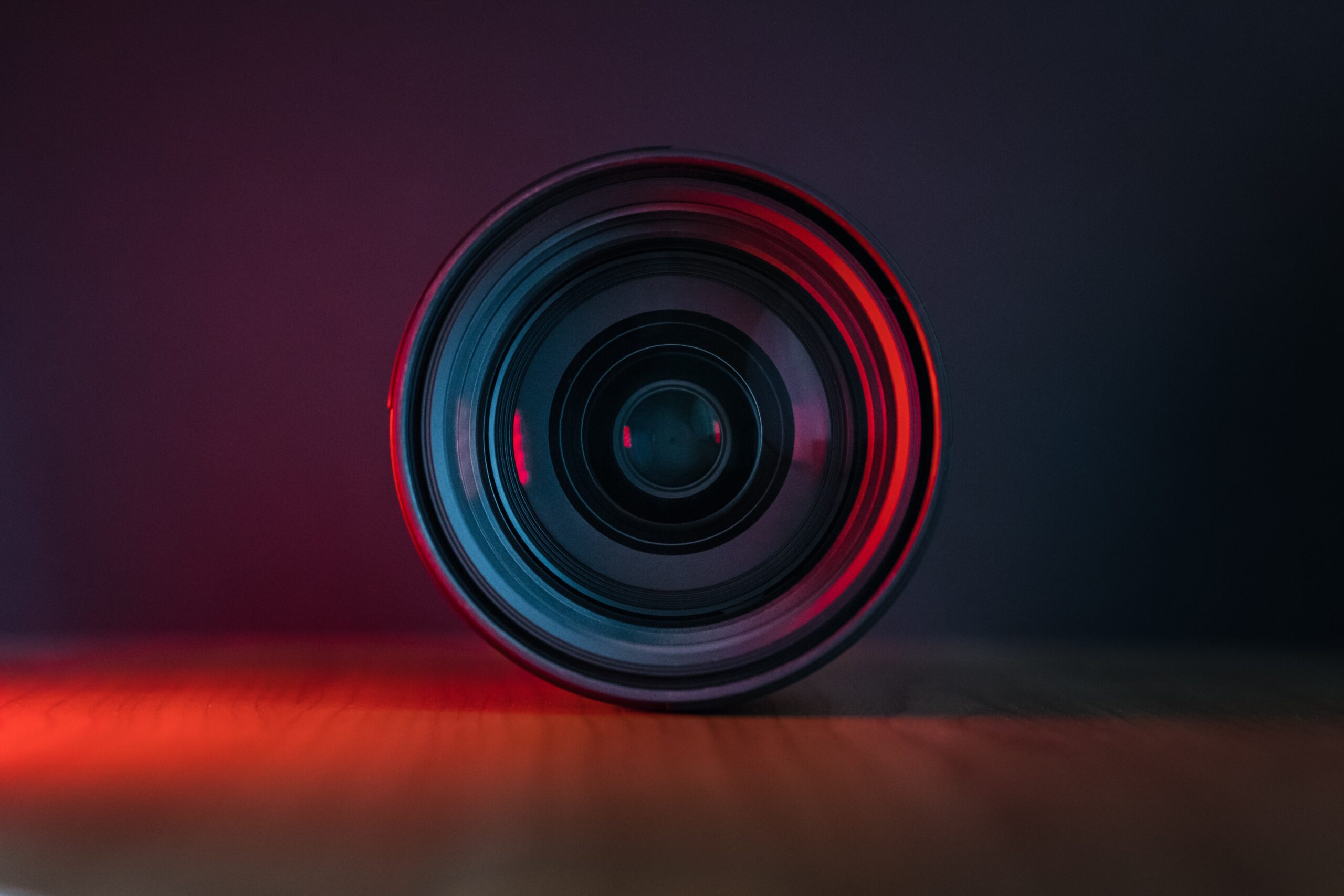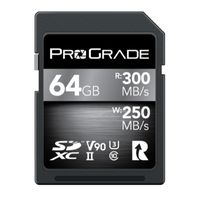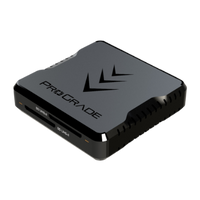Looking to buy a new lens? Your first step is usually to determine whether to go with a prime or zoom lens. Here’s how the two compare.
What is a Prime Lens?
A prime lens has a fixed focal length. Hence the other name, “fixed lens.” This means that the prime lens has a specified angle of view that you can’t change. So, the only way to alter your frame and the image’s appearance is for you to move the camera or change the lens.
What is a Zoom Lens?
A zoom lens has a variable focal length. You can change the angle of view by physically moving optical elements inside the lens. Put simply, you can zoom in and out without moving the camera. Besides being practical, these lenses can be used for specific artistic effects.
At first glance, one may not understand why someone would ever choose a prime lens over a zoom lens – why pick a lens with a limited set of features over one that is much more universal and versatile? But, as with everything else in life – things are rarely “black and white.” So let’s drill into the 6 key differences between the two.
1. Prime Lens vs. Zoom Lens – Price
Prime lenses have a relatively simple build. This is because they have fewer moving parts. Zoom lenses, on the other hand, are much more complex due to adjustable optical mechanisms. Hence zoom lenses are generally more expensive.
Whether the higher price point is justified or not usually comes down to personal needs. Hopefully, the following list helps you make a weighted decision.
Prime lens: (+) cheaper, usually costs less
Zoom lens: (-) generally more expensive
2. Prime Lens vs. Zoom Lens – Aperture
Fixed focus lenses typically have a brighter maximum aperture. For example, Canon EF 24mm prime lens has a fast f/1.4 aperture, while Canon EF 24-70mm zoom lens has a much slower f/2.8 aperture. So both can do 24mm, but one will give you a darker image.
This is definitely something to consider when often shooting handheld in lower light. A brighter maximum aperture also gives you a shallower depth of field and a more beautiful bokeh.
Prime lens: (+) brighter, wider aperture
Zoom lens: (-) darker, narrower aperture
3. Prime Lens vs. Zoom Lens – Image Sharpness
The sharpness gap between the prime and zoom lenses is quickly closing as the mechanics inside the zoom lenses get nimbler day by day. That is especially true with high-end zoom lenses. That said, primes will always have fewer optical elements, which are all precisely positioned and fixed in the factory. This means prime lenses tend to render sharper images compared to zoom lenses.
For the same reason, prime lenses tend to introduce less distortion than their zoom counterparts. Making post-production easier. Again, zoom lenses have improved a lot. So we are not talking about massive differences. In most cases, you wouldn’t be able to tell the difference when comparing the images.
More often than not, getting a super-sharp image using a zoom lens has less to do with the lens itself and more with a photographer’s skill.
Prime lens: (+) sharper images with less distortion
Zoom lens: (-) less sharpness and may introduce some distortion
4. Prime Lens vs. Zoom Lens – Versatility
So far, it has been a relatively one-sided contest. However, there are some areas where even the best prime lenses stand no chance against zoom lenses. One of them is obviously versatility.
Zoom lenses are great for quickly changing scenes and for shooting particular subjects. Unless you enjoy the workout aspect of running around with a camera whenever you need to change the shot composition or framing.
An animal may run away if you need to move for better framing or must sneak next to it for a close-up image. Besides wildlife photographers, landscape, sports, wedding, and event photographers are also often limited to a particular spot, so the ability to zoom in and out is priceless for framing a shot.
Prime lens: (-) less versatile
Zoom lens: (+) more versatile
5. Prime Lens vs. Zoom Lens – Artistic Effects
Zoom lenses have endless creative applications. Well, maybe not endless, but significantly more than prime lenses. These effects are all about the movement of the lens and how a specific motion makes a viewer feel.
From simple punch-ins with a crash zoom to complex zollies – none of these effects can be achieved without a zoom lens.
Zolly, by the way, is a creative name for a dolly zoom. It is used to produce uncomfortable and unsettling effects on screen. You dolly toward a subject while zooming out or vice versa.
Prime lens: (-) less creative applications
Zoom lens: (+) more creative applications
6. Prime Lens vs. Zoom Lens – Size & Weight
Last but not least, a zoom lens tends to be bulkier and heavier as it has variable focal width. That’s something to consider from the operational standpoint. However, this does not mean you’ll travel lighter when you opt for a prime. Often the exact opposite is true. Most times, you end up packing more lenses to cover the necessary focal lengths and to give yourself an option to change the framing should the need arise.
Prime lens: (+) lighter and smaller; (-) you usually need to carry more lenses
Zoom lens: (-) bigger and heavier; (+) you usually need to carry fewer lenses, and often just one lens will get the job done
Prime Lens vs. Zoom Lens – Bottom Line
Hopefully, you now better understand how prime and zoom lenses compare to each other. While primes come slightly ahead overall, individual needs are critical in picking a lens. So don’t just add up the pros and cons. Instead, consider your needs in specific categories.
Also, there are many primes and zooms on the market, and not all are created equal. In other words, the prime lens “a” may be better than zoom lens “a,” but not better than zoom lens “b.”
So picking the best lens can be tricky sometimes. If you feel you need more help, here’s an in-depth article about Choosing the Perfect Lens for Your Personal Shooting Style. It’s a rundown of perfect lenses for different types of photography, from portrait and landscape photography all the way to astrophotography. You’ll learn what lens every scene calls for and what alternative options you have. When you’re done reading, you’ll know exactly what lens is the best for your next project.
Be sure to check our memory cards and card readers:
ProGrade Digital manufactures ultra-reliable and lightning-fast memory cards and workflow readers to satisfy the high demands professional photographers and videographers. Join the ProGrade family and take your photography or videography workflow to a whole new level.





